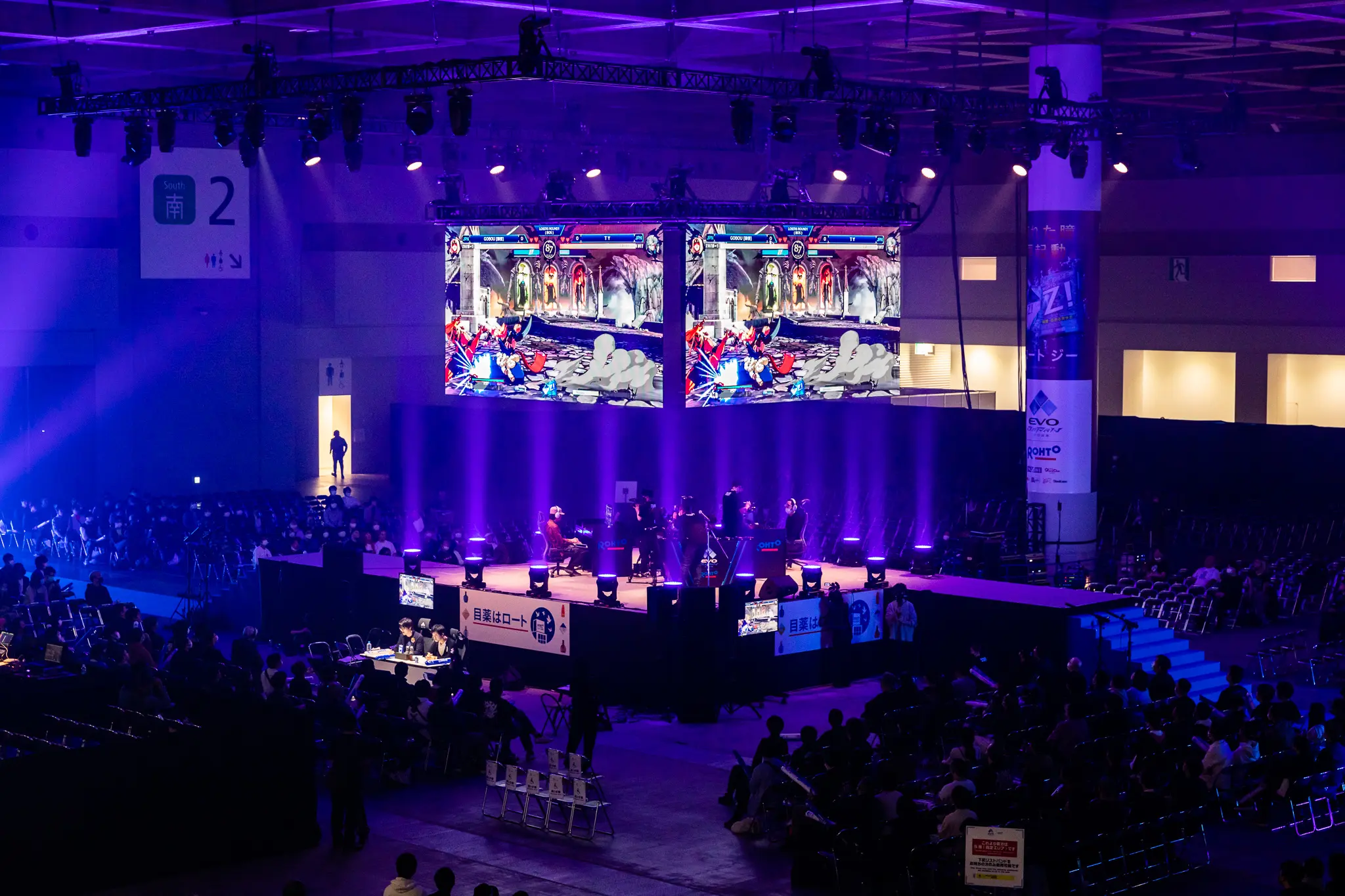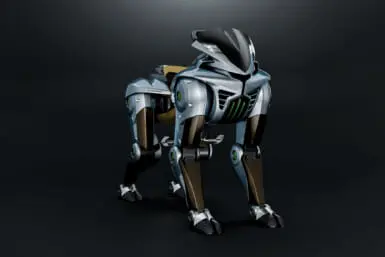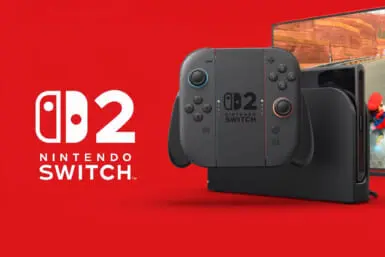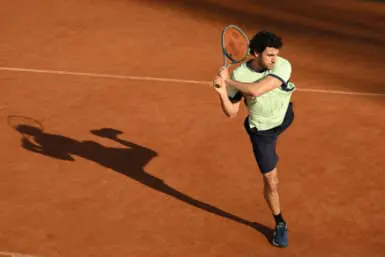When thinking of celebrated esports, one’s mind might first wander to first-person shooters (FPS) such as Valorant and Apex Legends or multiplayer online battle arena (MOBA) games like League of Legends. However, there is one other genre that has withstood the test of time and is now one of the most popular spectated esports globally. That genre is ass-kicking, knock-out-inducing, fighting games.

What Makes a Fighting Game?
While the uninitiated might assume all games with fighting elements are ‘fighting games,’ the term specifically refers to a genre of video games that involve combat between two or more characters. The goal is typically to defeat your opponent through a combination of punch-and-kick chain attacks (‘combos’) and other mechanics such as grappling, counters and blocking. Street Fighter, Tekken and Mortal Kombat are some of the world’s best-known fighting games franchises. The development of fighting games has long been intertwined with wuxia and kung fu films, such as those attributed to Bruce Lee, as well as martial arts-themed anime and manga. Sega’s Heavyweight Champ and Vectorbeam’s Warrior, released in 1976 and 1979, are often credited as some of the first fighting games to appear on consoles.
Fighting games are now so popular, their characters, such as Chun-Li and Ryu from Street Fighter and Mortal Kombat’s iconic “Finish him” tagline are now very much part of the fabric of pop culture.
Japanese Fighting Games Go Pro
A genre built entirely around combative play, fighting games became a natural fit for the competitive scene. In the early 1990s, it was common for enthusiasts to wait in the corridors of video game arcades in search of an opponent. Today, esports tournaments such as the Evolution Championship Series (EVO), have institutionalized competition and provide a platform for high-level play to be celebrated and showcased around the world.
“The fighting game scene is an emerging esports genre that has gained popularity through decades of grassroots organization,” says Rick Thiher, General Manager of EVO. “While it may not yet be the largest esport genre in viewership or active players, the fighting game community has established EVO as the largest open-bracket video game competition in the world. The passion of fighting game fans is unrivaled, and the genre continues to grow in size and popularity.”
The proof is in the prize money-shaped pudding. While prize pools vary from tournament to tournament, top players can earn tens of thousands of dollars several times a year. It might not be enough to make a living, but pro players are often supplementing this through complementary income streams such as livestreaming and coaching. Expect the dollar signs to continue to grow with 2024 promotions already advertising prize money around the million-dollar mark.
In 2018, the first EVO Japan was held to accommodate the large Japanese player base while also acknowledging the cultural impact as well as how deeply rooted the genre is in the Japanese gaming industry. The lineup catered to the market here with games such as Street Fighter V, Guilty Gear Xrd REV 2 and Tekken 7.
“Many of the largest fighting game publishers and developers have headquarters in Japan. Expanding EVO to Japan was a natural step to further connect with and celebrate the Japanese fighting game community,” says Thiher.
EVO Japan 2023 saw the tournament’s return to Tokyo Big Sight after a pandemic-induced absence. The finals, held on the last day of the event, saw multi-time EVO champ Arslan Ash become the 2023 Tekken 7 winner, while local pro Gobou was crowned as the Guilty Gear Strive champion. Rounding off the event was Taiwanese player Oil King, who finished first in Street Fighter V.
Also on the event floor, there were opportunities for the community to battle against one another, purchase event-exclusive merchandise and try out upcoming titles such as Tekken 8 and Street Fighter 6. The Arcade Stick Museum offered a blast from the past, featuring the rich history of fighting game controllers from the ’90s to today.

How Does One “Get Good?”
After it’s all said and done, what does it actually mean to play a fighting game well?
For a genre that has the unfair reputation of boiling down to mindless button mashing, a surprising amount of finesse and technique is required to claim victory, not to mention hundreds of hours of practice. Note that not all fighting games play the same. They all have their own mechanics and systems to master.
“A strong fighting game player requires tenacity, muscle memory and adaptation. High-level fighting game players are committed to learning every minute detail of the game, developing situational muscle memory, and using it to create and execute in-game strategies on the fly,” Thiher continues. “Additionally, strong interpersonal skills, such as the ability to read and react to opponents, are crucial for success.”
Local Tokyo initiatives are also available should you want to find a like-minded community to hone your skills together. Tatakai Tuesday is a twice-a-month meet-up at the Red Bull Gaming Sphere in Nakano where enthusiasts can play against one another across all popular fighting game titles.
From arcade cabinets to large-scale events and underground virtual fight clubs, the fighting games scene is certainly one to keep an eye out for.











